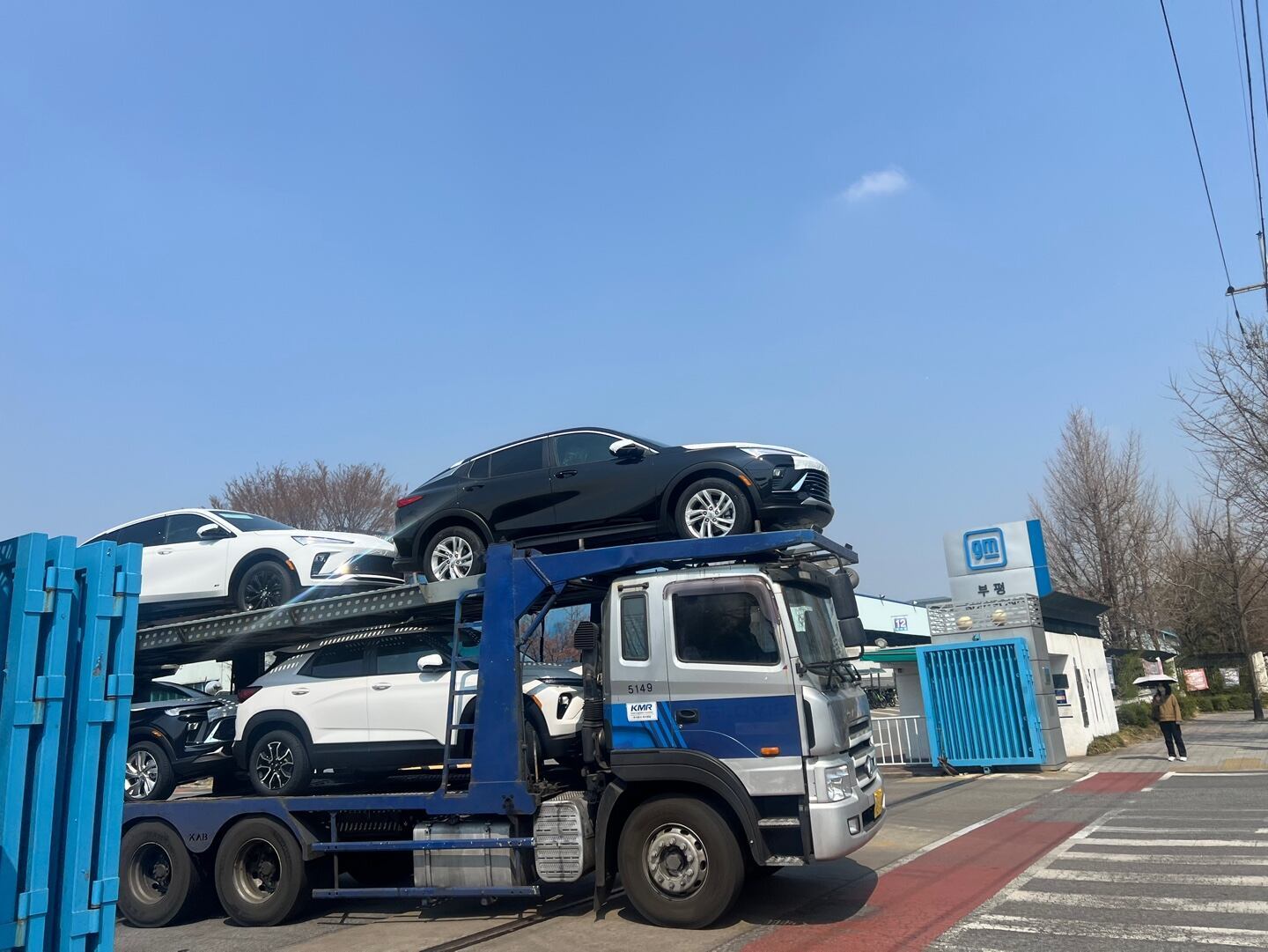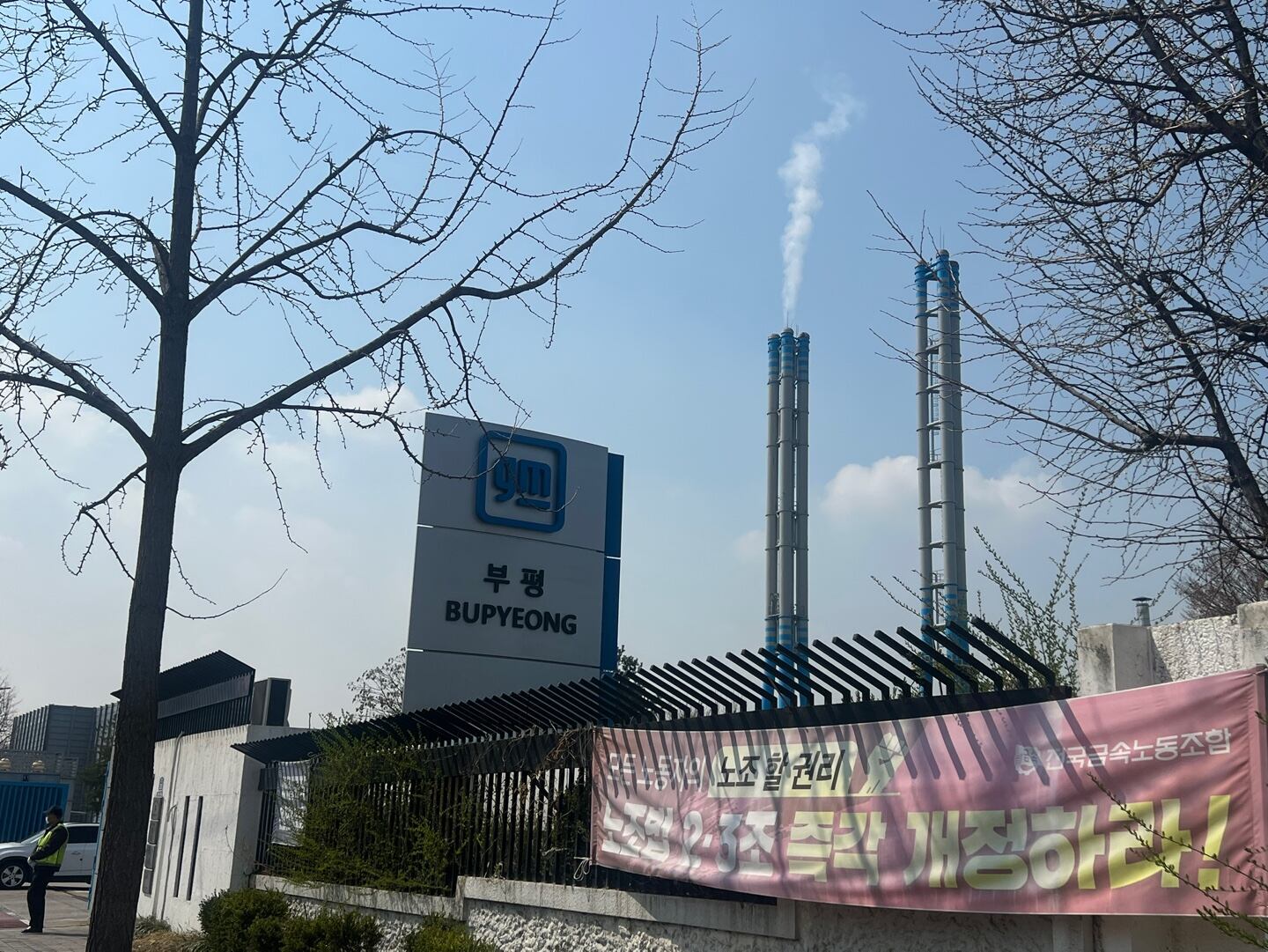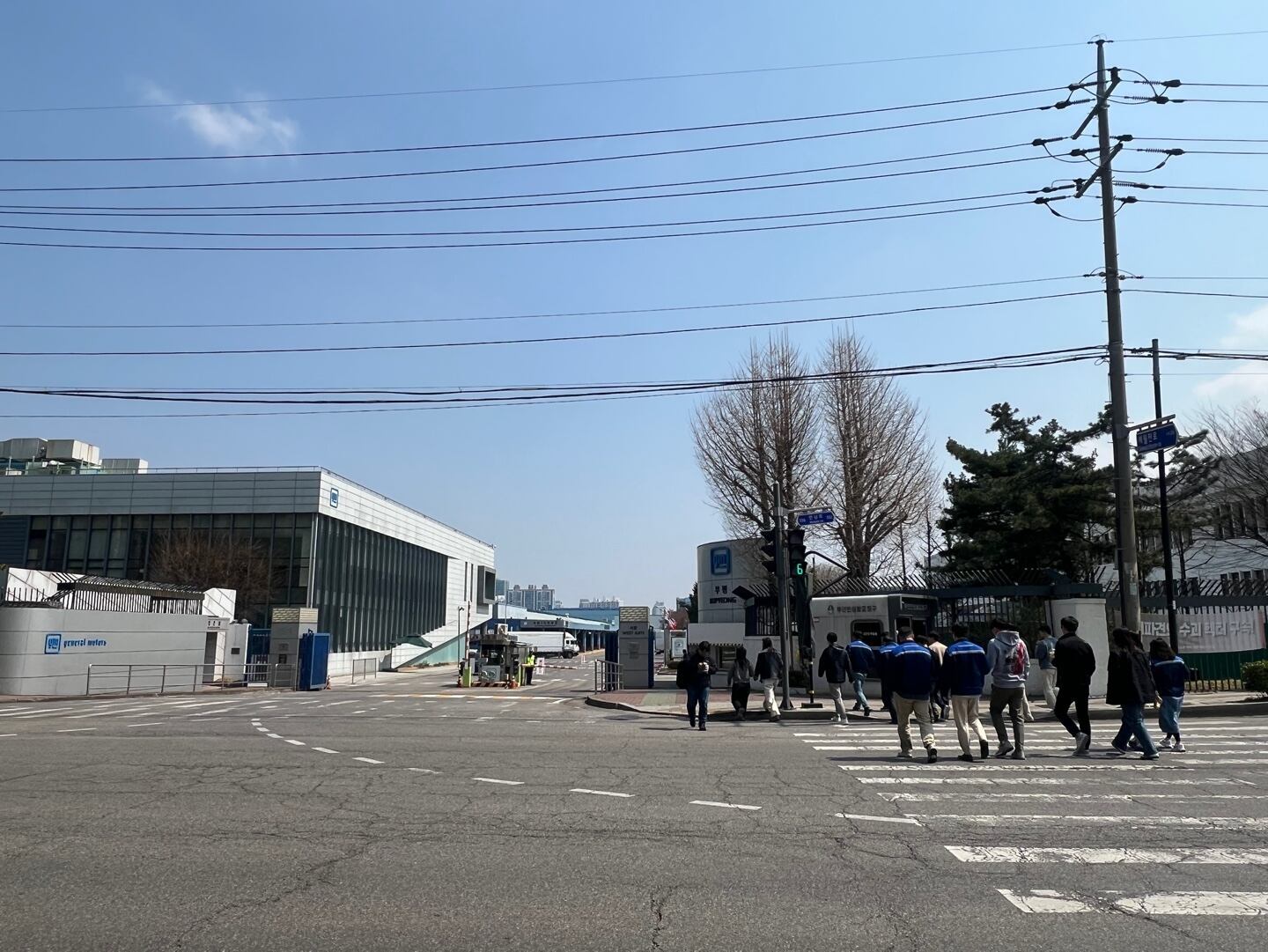
A fresh wave of significant American auto tariffs has sparked concerns that GM Korea might close down its facility in Bupyeong. This potential action alarms both employees and locals, who argue that it would severely impact the regional economy and mirror the consequences following GM’s departure from Gunsan back in 2018.
On April 3rd, just hours following ex-U.S. President Donald Trump's imposition of extensive tariffs on imports, the GM Korea facility in Bupyeong, located in Cheongcheon-dong, Incheon, remained abuzz with action.
Spanning approximately one million square meters—the equivalent of around 136 football fields—the factory was encircled by an unending flow of workers and vehicles. However, unease lingered underneath. Employees voiced worries over the tariffs, and local inhabitants feared that GM Korea might struggle to recover from this setback and potentially close down for good.

The new tariff—a 25% charge on all imported automobiles—came into force at 1:01 p.m. that same day. Since over 80% of GM Korea’s vehicles are shipped to the U.S., these additional expenses might erase their pricing advantage and weaken the argument for maintaining manufacturing operations in South Korea.

On the outside, the plant appeared to be running as usual. Two tall chimneys behind the front gate kept emitting white smoke and steam, and newly assembled vehicles were being loaded onto large transport trucks headed out of the facility.
Today alone, 870 vehicles left the factory," stated Choi, who is 55 years old and works as a security guard at the entrance. "The majority are destined for export and will go directly to Incheon Port.
A colleague passing through mentioned that the production schedule had been altered: "This year, we ceased operations on public holidays. Up until last year—prior to discussions about tariffs—we operated every single day. Nowadays, our output has decreased, leaving everybody feeling uncertain."
A staff member exiting via the western entrance mentioned that the facility is divided between manufacturing and research & development departments. "The manufacturing side has been quite tense since the conclusion of last year," they noted. "However, the R&D section remains comparatively relaxed at present."
A representative from a partnering company, dressed in their work attire including a safety helmet, mentioned that should GM Korea decide to depart, they would have to begin searching for new employment opportunities.
I am occasionally reassigned to different sites, yet GM Korea remains my primary client. Should they leave, my position will cease to exist. We are one of five or six electric contractors similar to our company, whereas numerous others handle construction and facilities management. Such an event would have significant repercussions.
During lunch hour, employees flooded into the series of eateries located right beyond the western entrance of the factory. Kim, a 36-year-old owner of a nearby BBQ restaurant, mentioned, "Lunch orders certainly contribute, but it's those evening group dinners—the ones where folks splurge hundreds of dollars—that significantly keep our business going. Should GM decide to leave, we would suffer greatly."
He remarked, "While some argue that another firm might replace GM, it could end up similar to what happened in Gunsan. Even if they construct a shopping center, it won't benefit us significantly."
In 2002, General Motors took over Daewoo Motors and later renamed it to GM Korea in 2011. The following year, they closed their facility in Gunsan yet committed to continue operating within South Korea until at least 2027 after receiving an assistance package worth approximately 810 billion won ($554.9 million) from the government. According to experts' estimates back then, about one-quarter of Gunsan's residents were impacted by this shutdown.
The local authorities and GM Korea’s suppliers have started evaluating the circumstances. The Incheon city administration stated, "In Incheon, there are 47 first-tier suppliers for GM Korea. While nothing has been finalized, we might require their assistance—thus, we're currently gauging the scenario."
Incorporating tier-two and tier-three suppliers from various locations, GM Korea reportedly collaborates with approximately 3,000 business partners. An adjacent financial organization mentioned, "For GM Korea specifically, we have more than $342.5 million in deposits. This figure increases further when considering additional banking institutions."
The locals express their desire for GM to remain. Jung Hyun-il, a 37-year-old employee at a local government office, commented, "GM Korea has a massive property and collaborates with numerous suppliers. One could argue that it constitutes about half of Bupyeong. Their continued presence is essential."
Lee, a 70-year-old taxi driver, stated, "When you consider employees, partners, and their families, we're looking at tens of thousands of individuals affected. Should GM depart, the impact won't be limited to just Bupyeong or Incheon; it will reverberate throughout the whole nation's economy."
Lee Ho-geun, an automotive studies professor at Daedeuk College, stated, "Over the last eight years, GM has frequently employed the threat of leaving South Korea to coerce governmental backing. There's a strong chance they might leverage these new tariffs as yet another pretext for exiting."
He went on, "The automotive sector boasts extensive forward and backward connections. General Motors exports approximately 350,000 vehicles from South Korea. Considering the perspective of the employees, agreeing to salary reductions to counteract tariffs could potentially be seen as the most sensible and feasible option."
.png)